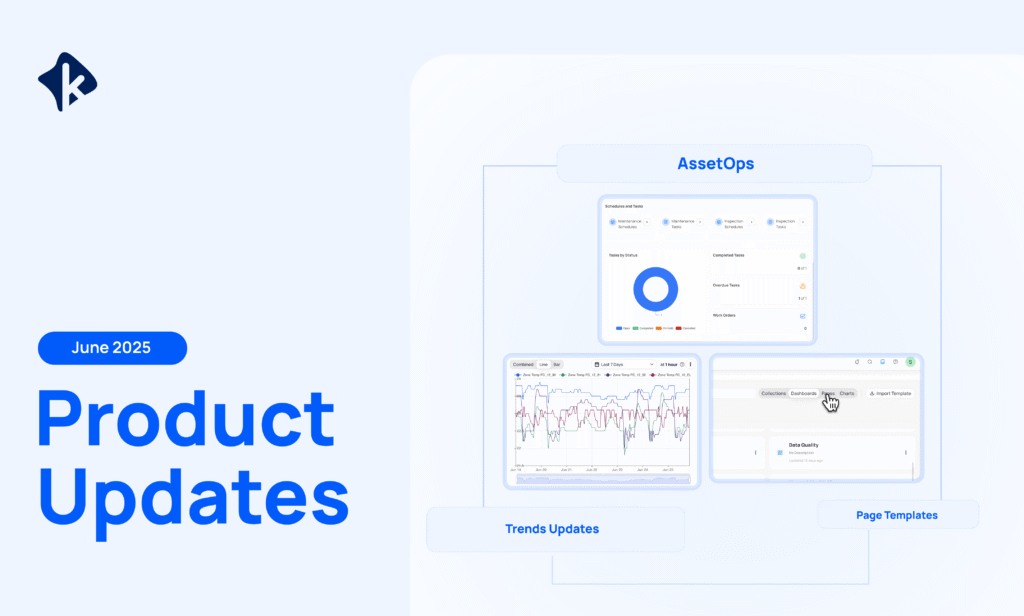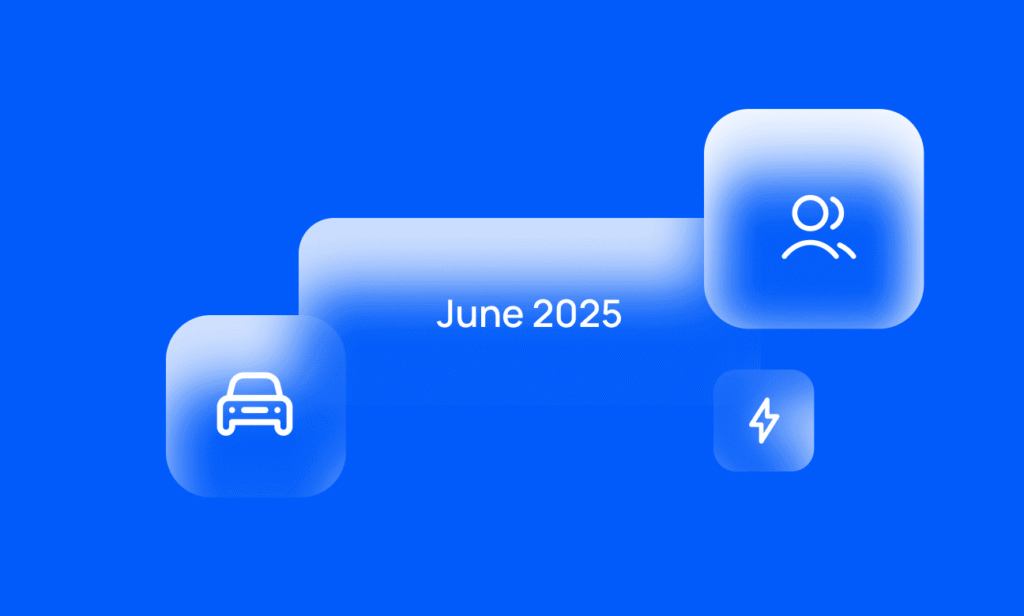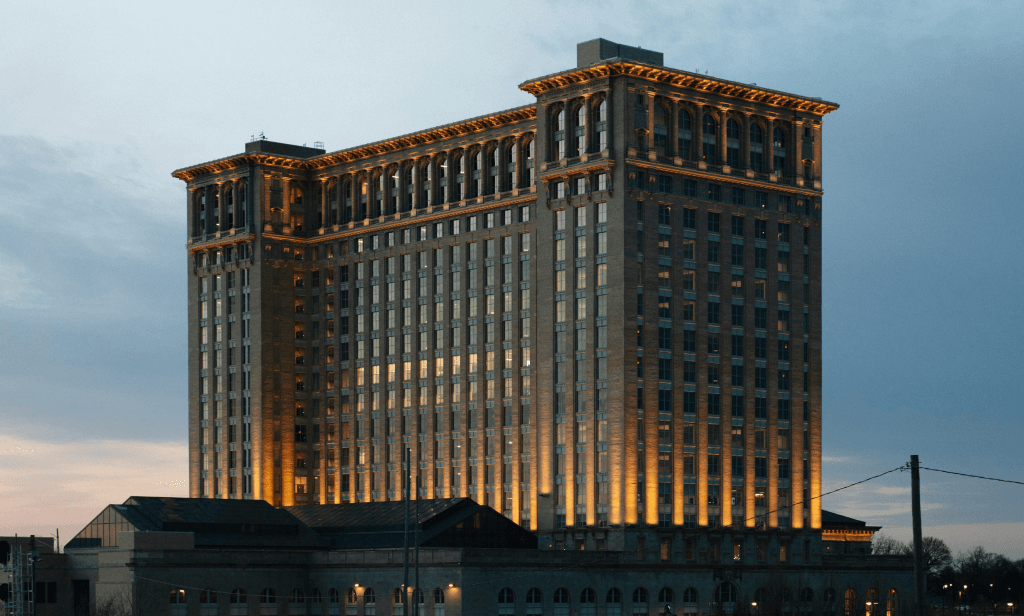By Clay Curlee
On this page
Sign up to our newsletter
Subscribe to receive the latest blog posts to your inbox every week.
By subscribing you agree to with our Privacy Policy.
Smart buildings are often associated with cutting-edge, newly constructed properties equipped with the latest technology, from advanced IoT sensors to sophisticated automation. This perception creates a common misconception: that smart technology is only viable for brand-new buildings with complex, state-of-the-art infrastructure. In reality, modern smart building operating systems, like KODE OS, are designed to seamlessly integrate with existing infrastructure, making it possible to transform any building—old or new—into an intelligent, efficient, and data-driven space without the need for costly overhauls.

Is Smart Tech Only for New Buildings?
At first glance, the network of sensors, equipment, and data streams that make up a smart building can seem like something designed exclusively for newly constructed, high-tech buildings. Many assume that implementing smart technology requires a building to have state-of-the-art systems from the ground up—making it inaccessible for older properties. This misconception often leads to the belief that transforming an existing building into a smart one is too complex, costly, or even impossible.
This perception is further compounded by the idea that legacy systems are incompatible with modern smart building technology or that upgrading requires a full-scale infrastructure overhaul. But this isn’t the case. Smart technology is not limited to newly built spaces. More often than not, this belief stems from a lack of familiarity with advancements in integration and adaptability rather than actual limitations of existing buildings.
The Reality: Smart Buildings Start with Existing Infrastructure
The truth is that smart building technology isn’t some futuristic concept reserved for cutting-edge, newly built properties. Smart building operating systems, like KODE OS, are designed to integrate with existing infrastructure, connecting legacy systems, equipment, and devices into a centralized platform. There’s no need for a complete system overhaul or a full-scale technology upgrade, instead, KODE OS works with what’s already in place, making smart building capabilities accessible to all. To date, a significant portion of smart building conversions involve retrofitting existing buildings rather than relying solely on new developments. In fact, around 93% of KODE OS deployments have been in buildings with pre-existing systems, proving that smart technology is not just for new construction but a scalable solution for upgrading legacy infrastructure.
Beyond integration, the platform is designed for ease of use. Facility managers, building operators and engineers can quickly access relevant data through intuitive visualizations, filters, and data summaries. For example, in older buildings where traditional systems lack advanced analytics, KODE OS enhances visibility by normalizing and centralizing data from existing infrastructure. Rather than overwhelming users with complex analytics, it simplifies operations, ensuring that decision-making is clear, actionable, and efficient.
Smart Management: How Automation Simplifies Building Operations
One of the key reasons why smart buildings are easier to manage than many assume is automation. Modern smart building operating systems integrate seamlessly with existing building systems to reduce manual workloads, streamlining operations without requiring constant oversight. Routine system checks, such as Functional Testing Tool (FTT) and Fault Detection & Diagnostics (FDD), run automatically in the background, ensuring that equipment functions optimally without operators needing to intervene frequently.
Proactive maintenance further simplifies operations by continuously monitoring equipment performance and identifying potential issues before they escalate. With AI-driven insights, facility managers can address inefficiencies and faults in real-time, without needing to monitor every system around the clock or rely solely on reactive maintenance. Instead of adding complexity, smart technology eliminates inefficiencies, helping teams work smarter, not harder, within the infrastructure they already have.
Real-World Impact: How Smart Tech Transforms Operations
As we’ve established, smart building technology is not just for brand new-developments. It’s already transforming operations across diverse portfolios, seamlessly integrating systems to drive efficiency and reduce complexity.
Take, for example, a national retail client with over 1000 locations. By integrating KODE OS across their portfolio, they reduced reactive work orders by 30%, service calls by 15%, and alarms by 99%, all through advanced standardization and automation. Instead of relying on manual commissioning of scattered systems and inconsistent processes, they centralized operations, enabling a more proactive approach to facility management without overhauling their existing infrastructure.
In another case, an office building leveraged KODE OS to optimize equipment performance and reduce over 78,000 hours of runtime within just six months. By automating functional testing across 3,000+ pieces of equipment, they ensured that systems operated at peak efficiency while minimizing downtime and unnecessary energy consumption. What once required extensive manual oversight was streamlined into an automated, data-driven process, demonstrating that smart building technology isn’t about complexity, but rather making operations easier and more effective.
Smarter Buildings, Smarter Operations
The misconception that smart building technology is only for new developments, or requires a complete overhaul, overlooks the reality of today’s solutions. Modern platforms like KODE OS are designed to seamlessly integrate with existing infrastructure, making smart building capabilities accessible to any property, regardless of age or system complexity.
Rather than adding layers of complexity, smart technology simplifies building management. From standardizing operations across portfolios to reducing reactive maintenance and optimizing equipment performance, these platforms make oversight more intuitive and proactive. The result? Less manual intervention, more efficiency, and a streamlined approach to managing buildings at scale.
The idea that smart buildings are too complex or only for new construction is outdated. The truth? Smart building technology is designed to work with what you already have—transforming operations without disruption. Want to see how it works in action?




